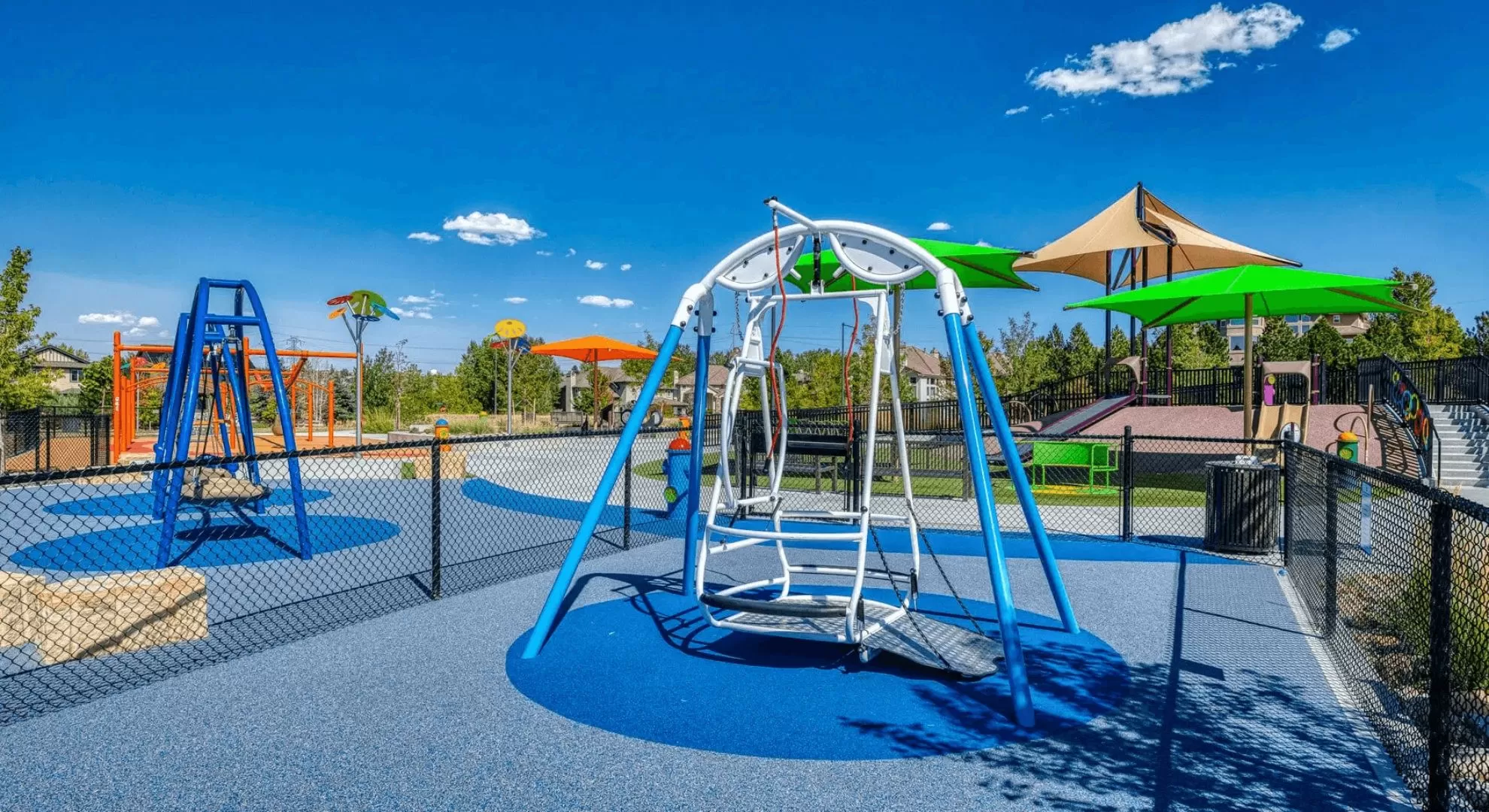An inclusive playground goes beyond basic accessibility, it’s a space where children of all abilities can play, learn, and connect. Unlike traditional playgrounds, these spaces incorporate features like wheelchair-accessible merry-go-rounds, sensory panels, and adaptive swings (like the Miracle Swing Seat), ensuring no child feels excluded.
For example, the Neos 360 interactive gaming system has revolutionized play by combining physical activity with digital engagement, appealing to kids with diverse needs. These designs align with the 7 principles of inclusive play, emphasizing fairness, independence, and sensory stimulation.

Cities worldwide are recognizing the urgent need for accessible playgrounds. Studies from the Landscape Structures Inclusive Play Survey reveal that 1 in 4 families avoid playgrounds due to accessibility barriers. This isn’t just about compliance—it’s about fostering empathy and social skills.
Children with autism benefit from quiet zones with textured surfaces, while wheelchair users thrive with ramps and aeroglider platforms. Inclusive playgrounds also boost community value. A Playworld Systems Catalog analysis shows properties near inclusive parks see a 12% increase in neighborhood satisfaction.
Designing for inclusivity requires balancing creativity and practicality. Start with ADA-compliant pathways (minimum 60” wide) and shock-absorbing rubber flooring. Integrate multi-height elements like the Kompan PlayCube, which accommodates toddlers and older kids alike.
Sensory play areas are critical. Think musical chimes, sand tables, and spinning elements that engage touch, sound, and sight. For budget-conscious projects, inclusive playground grants from organizations like the Shane’s Inspiration Foundation can offset costs.
- 1. Assess Community Needs: Survey local families and therapists. Use tools like the Inclusive Play Design Guide (download the free PDF) to identify gaps.
- 2. Choose Adaptive Equipment: Prioritize items like wheelchair-accessible swings and ground-level play panels.
- 3. Test Prototypes: Involve kids with disabilities in pilot phases – their feedback is gold.
NanPlay recently partnered with a Shanghai school to create a small inclusive playground using space-saving designs like foldable ramps and modular seating. The project stayed under budget by leveraging handicap-accessible playground grants.

Morgan’s Wonderland (USA): Features over 50 accessible attractions, including a fully adaptive zip line.
Rainbow Park (Tokyo): Uses color-coded zones to guide children with visual impairments.
NanPlay’s Community Project (Canada): A compact space with sensory play equipment and shaded rest areas.
Challenge: High costs of inclusive playground equipment.
Solution: Phase construction and apply for inclusive playground grants.
Challenge: Limited space.
Solution: Use vertical designs like climbing walls with tactile grips.
Emerging trends include AI-powered play structures that adjust difficulty based on a child’s ability and universal design certifications for parks. NanPlay’s R&D team is exploring solar-powered sensory stations – proof that innovation and inclusivity go hand in hand.
NanPlay’s Inclusive Playground Equipment Catalog
Designing a Sensory Playground
Thank you very much for your inquiry! Your trust is our greatest motivation. We are committed to offering playgrounds that combine high quality with affordable pricing. Let us bring vitality to your venue!